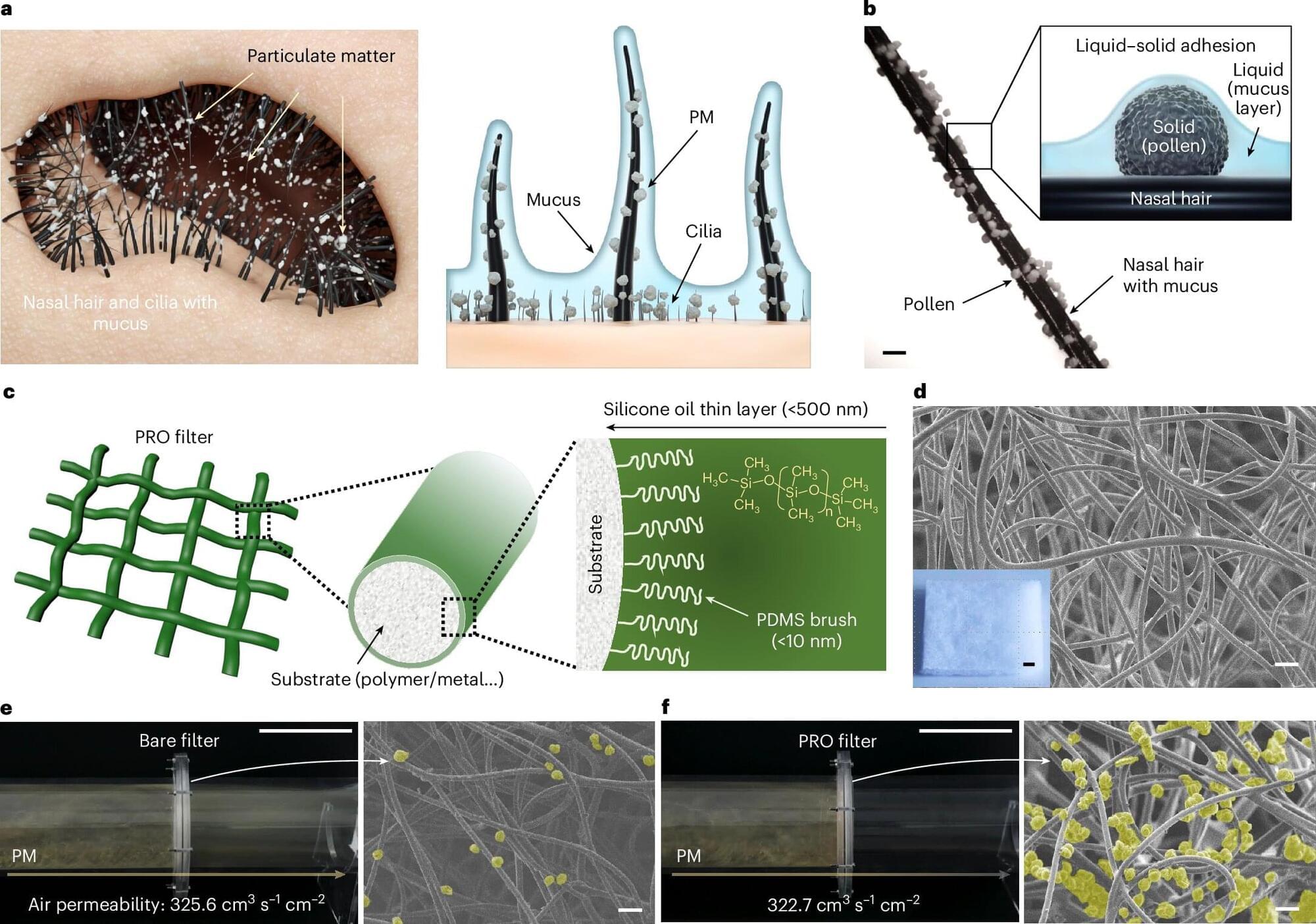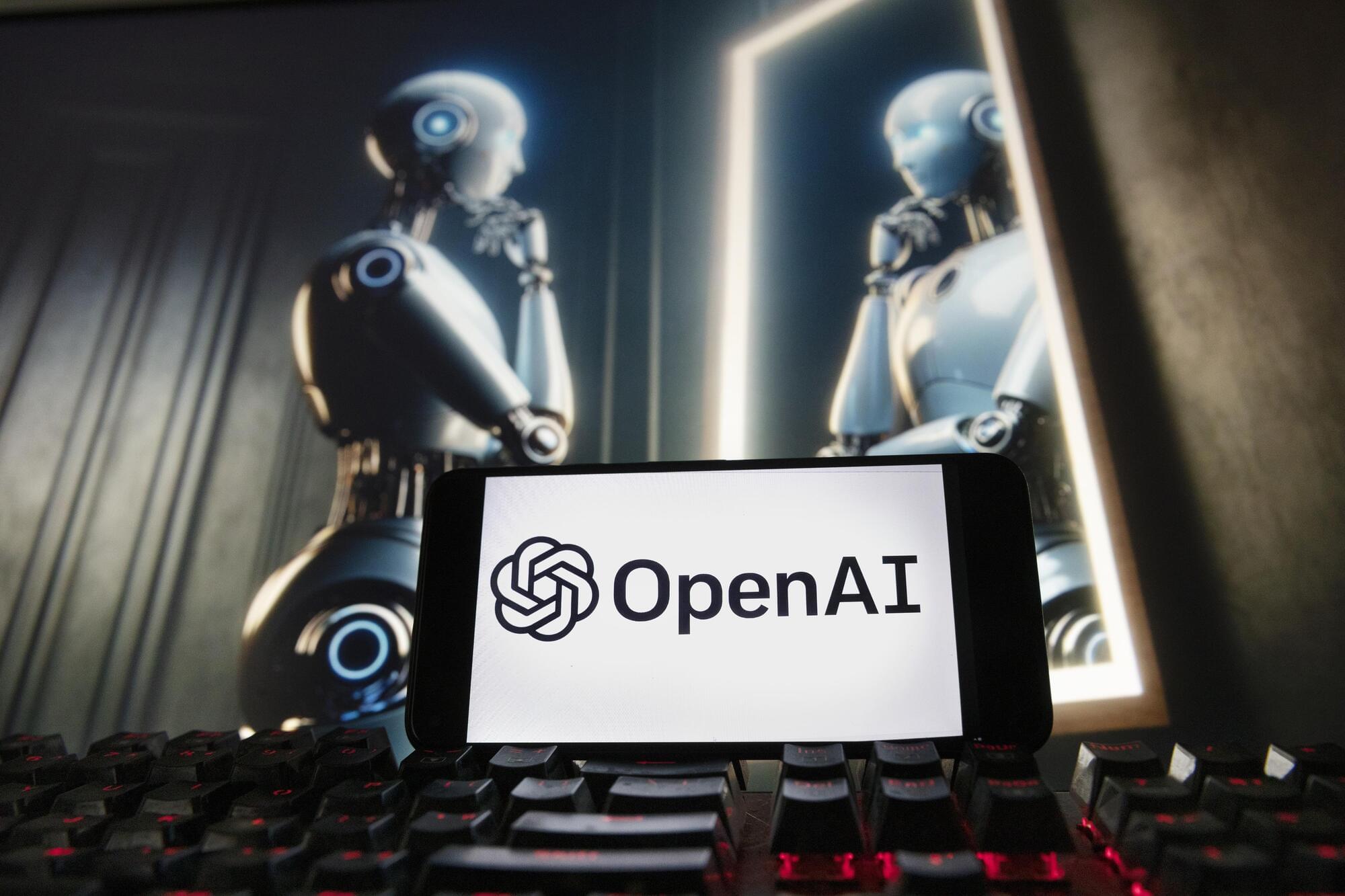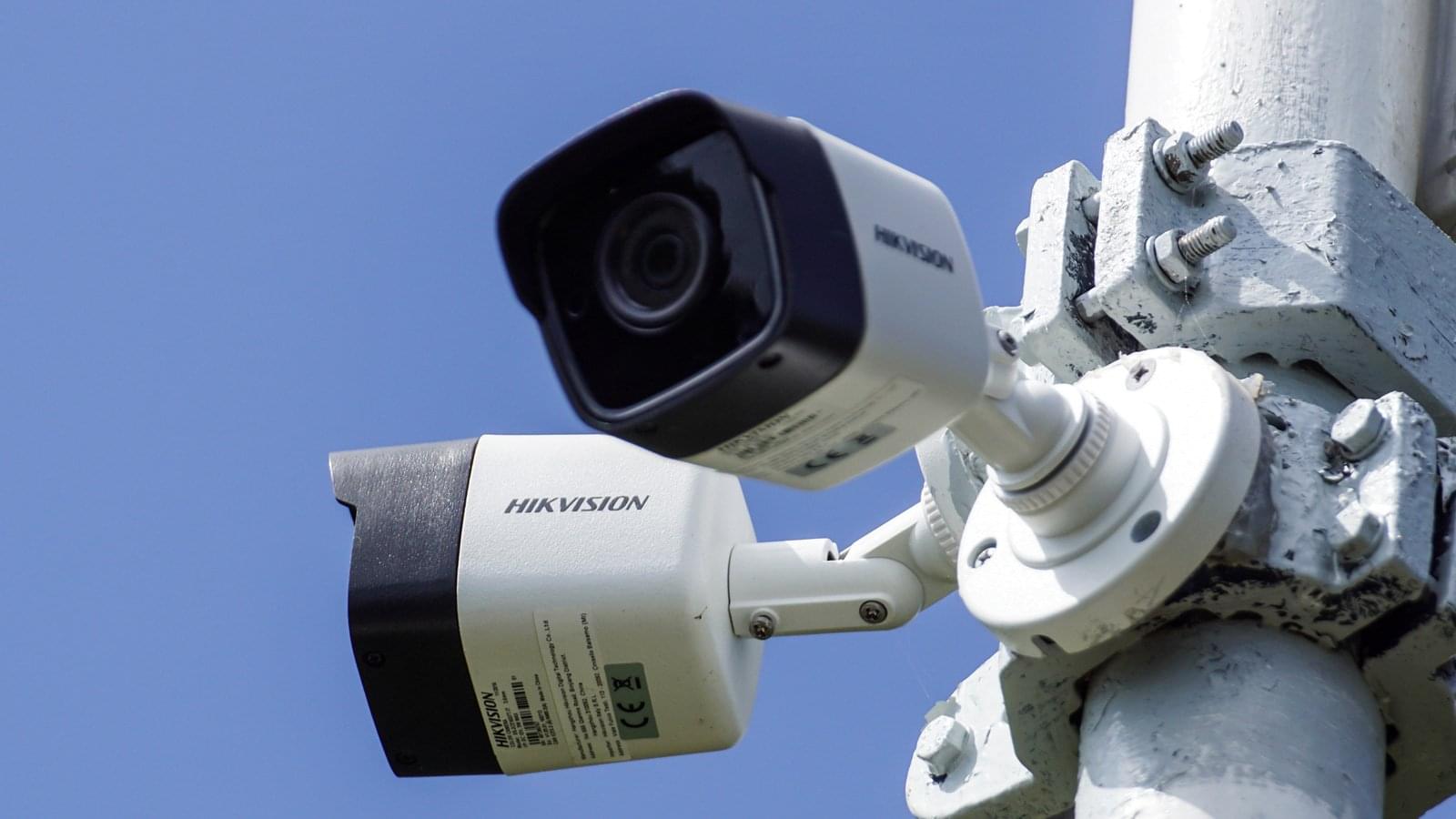Founded in 1920, the NBER is a private, non-profit, non-partisan organization dedicated to conducting economic research and to disseminating research findings among academics, public policy makers, and business professionals.



One of the problems of conventional filters used in homes, businesses and public spaces is their poor performance. They rely on weak van der Waals forces to capture particles like dust and pollen, meaning they let a lot of stuff slip through. Nature, however, does the job a whole lot better.
Drawing inspiration from the human body, chemical engineers at Chung-Ang University in South Korea designed an air filtration system that mimics the mucus layer coating nasal hairs.
Quantum Computing Innovation In Pharma — Dr. Thomas Ehmer, Ph.D. — Merck KGaA, Darmstadt, Germany
Dr. Thomas Ehmer, Ph.D. (https://www.linkedin.com/in/tehmer/) is a seasoned technology strategist with over two decades of experience in IT innovation, business development, and R&D within the pharmaceutical industry, and co-founder of the Quantum Interest Group, at Merck KGaA Darmstadt, Germany (https://www.emdgroup.com/en).
Dr. Ehmer currently is in the Sector Data Office — AI Governance and Innovation Incubator at Merck KGaA Darmstadt, Germany, where he scouts emerging and disruptive technologies, demonstrating their potential value for R&D applications, with a focus on quantum technologies.
Throughout his career at Merck KGaA Darmstadt, Germany, Dr. Ehmer has played a pivotal role in shaping IT strategy, business process optimization, and digital transformation across the entire pharmaceutical value chain, currently focusing on transparent AI and how and where emerging technology can help patients live a better life. His expertise spans technology scouting, business analysis, and IT program leadership, having successfully driven major global projects.
Beyond his corporate career, Dr. Ehmer is an active private seed investor and has contributed to quantum computing research and applications in drug discovery, authoring publications on the potential of quantum computing and machine learning in pharmaceutical R&D (https://onlinelibrary.wiley.com/doi/10.1002/9783527840748.ch26).

Microsoft has confirmed a widespread issue in Windows Server Update Services (WSUS) that prevents organizations from syncing with Microsoft Update and deploying the latest Windows updates.
Windows Server Update Services (WSUS) is a Microsoft product that allows businesses to manage and distribute Windows updates to computers within their network.
By default, WSUS synchronizes with Microsoft Update servers once a day, when it downloads the latest metadata on available Windows updates. Admins can change the frequency if they wish in the settings.
Check out the free AMD loaner offer. Test the Ryzen PRO laptops yourself and experience the benefits they can bring to your business:
https://tinyurl.com/4zwaxnfm.
Timestamps:
00:00 — New Technology.
10:57 — How It Works & Applications.
15:10 — Challenges.
GIVEAWAY form: https://docs.google.com/forms/d/e/1FA… with me on LinkedIn ➜ / anastasiintech Connect with me on Instagram ➜
/ anastasi.in.tech Subscribe to My Deep In Tech Newsletter ➜ https://anastasiintech.substack.com Support me at Patreon ➜
/ anastasiintech #AMD #RYZENPRO
Connect with me on LinkedIn ➜ / anastasiintech.
Connect with me on Instagram ➜ / anastasi.in.tech.
Support me at Patreon ➜ / anastasiintech.
#AMD #RYZENPRO

(AP) — Ilya Sutskever, one of the founders of OpenAI who was involved in a failed effort to push out CEO Sam Altman, said he’s starting a safety-focused artificial intelligence company.
Sutskever, a respected AI researcher who left the ChatGPT maker last month, said in a social media post Wednesday that he’s created Safe Superintelligence Inc. with two co-founders. The company’s only goal and focus is safely developing “superintelligence” — a reference to AI systems that are smarter than humans.
The company vowed not to be distracted by “management overhead or product cycles,” and under its business model, work on safety and security would be “insulated from short-term commercial pressures,” Sutskever and his co-founders Daniel Gross and Daniel Levy said in a prepared statement.

This week, my laundry machine broke. Bummer. Like any normal person, I dove into research mode, scrolling through endless product pages, feature lists, and discounts. After a while, one machine caught my attention. It was a Samsung model labelled “AI-enhanced”. (Not going to lie, it came with a solid discount, making it one of the cheapest among the top-rated options, but I was really excited about the AI feature)
In full honesty (this is not a sponsored post), it works great. From what I could observe, when you throw the clothes inside the machine, it weighs the clothes, and based on that, it selects the most suitable wash setting: water level, soap, temperature, and timing. Yes, it’s clever, efficient, and genuinely helpful. But it got me thinking: is that really AI, or just a well-designed automation?
In business, as in life, those who tell the most compelling story tend to succeed. We love to use fancy words, set expectations high, and hold attention long enough to turn curiosity into conversion. Labels matter. Language sells. That is where the “washing” comes in.
Questions to inspire discussion.
🏭 Q: How much LFP cell production capacity does Tesla have in Nevada? A: Tesla’s Nevada facility has equipment for 7–8 GWh of LFP cell production across two production lines, potentially for EVe and grid storage cells.
Tesla Business and Sales.
📊 Q: What are the expectations for Tesla’s Q2 PND report? A: Troy Teslike estimates 356,000 deliveries, while analyst consensus is 385,000, but PND reports are becoming less significant for Tesla’s business model.
💰 Q: What’s crucial for Tesla to become a multi-trillion dollar company? A: Unsupervised FSD rollout and Optimus sales at scale are key, not just increased car or megapack sales.
🇨🇳 Q: How are Tesla’s China sales performing? A: Latest week sales were 20,684 units, down 4.9% QoQ and 11% YoY, but year-to-date figures show Tesla China is closing the gap, down only 4.6% YoY.
Tesla’s 2024 impact report highlights the company’s progress in accelerating its mission to sustainable energy through innovative technologies, including autonomy, AI, and reduced emissions, with a focus on expanding its ecosystem and making sustainable transportation and energy solutions more accessible ## ## Questions to inspire discussion.
Sustainable Transportation.
🚗 Q: How will Tesla’s robo taxi network impact transportation?
A: Tesla’s autopilot-powered robo taxi network will be far safer than human drivers, lower emissions, and increase accessibility of sustainable transportation, improving city sustainability and accelerating Tesla’s mission.
🏙️ Q: What are the benefits of Tesla vehicles compared to other options?
A: Tesla vehicles offer premium features rivaling luxury cars while maintaining a total cost of ownership comparable to mass market vehicles, providing significantly more value at a similar price point.

The Canadian government has ordered Hikvision’s subsidiary in the country to cease all operations following a review that determined them to pose a national security risk.
The order was forwarded to Hikvision last Friday, and the matter was made public over the weekend by Mélanie Joly, Canada’s Minister of Innovation, Science and Industry.
“Following a National Security Review under the Investment Canada Act, the Government of Canada has ordered Hikvision Canada Inc. to cease all operations in Canada and close its Canadian business,” reads the announcement.